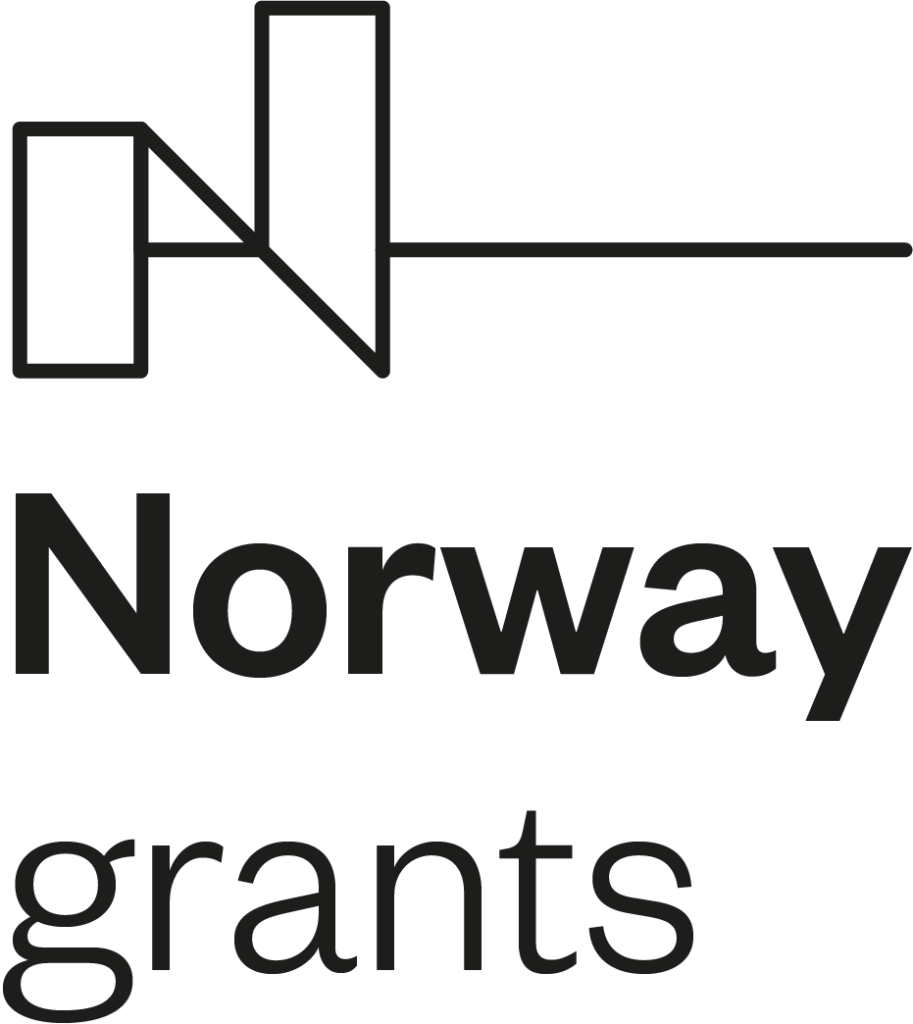PROJECT TITLE
The fate and future of carbon
in forests
PROJECT CODE
TO01000220
GRANT
Norway Grants and TA CR
Funding: 37 829 505 CZK
About the project:
The forests of Czechia are changing. Coniferous forests are under attack by bark beetles, having been weakened by extended droughts, perhaps a consequence of climate change. Forests are still recovering from the effects of air pollution of the 1970s and 1980s. A switch to hardwood species may ensue. Climate change may increase the frequency and severity of droughts, floods, fires, and windthrows. These changes affect the ability of forests to capture and store atmospheric carbon (C) and target of carbon neutrality by the year 2050.
Streams, reservoirs and drinking water supplies may be affected. Protection of national parks and other natural habitats may be difficult. CatchCaN has this background. Rigorous forecasts of the future of carbon in forests in Czechia necessitates a concerted effort to bring together recent knowledge and data on forest ekosystém processes and put these into a coherent framework. We propose to use the MOBIUS modelling platform, modify biogeochemical models, and calibrate and test these models using high-intensive datasets from forest sites in CZ, NO and SE.
The models will be used to simulate future changes in forests, soils and waters under various alternative scenarios of climate change, forest cover, and air pollution. The modelling results will be applied and scaled-up to CZ. Products will include maps and documentation on forest sensitivity, C pools and changes, and stewardship of national parks and other habitats.
The objectives of the project are to:
1. Develop modelling software for carbon and nutrients in forest ecosystems
2. Apply the model tools to long-term monitored forest catchments in Czech Republic, Norway and Sweden
3. Apply tools for addressing future carbon in forested catchments – forests, soils, water
4. Produce predictive maps of sensitivity of forests soil carbon pools in the Czech Republic (year 2050) under different scenarios of the climate change (moderate and severe scenarios) and tree species composition
2021
Most of the work scheduled for the first year of the project was completed despite complicated situation due to Covid 19.
Data from 14 GEOMON catchments (CGS, CZ), Norwegian catchments (NIVA), Šumava lakes (BC-HI, CZ) and Gardsjon experimental NITREX catchment (IVL, Sweden) were collated into the databases of measured precipitation chemistry, stream and lake water chemistry and runoff (hydrology). MOBIUS modelling platform was developed (hydrological model and forest growth models were added to central biogeochemical model MAGIC) and new processes including N and P cycling were also implemented. MOBIUS was partly tested and validated on Plešné lake dataset.
2022
Soil samples were excavated in small catchments in Norway using the same method as in Czech Republic and Sweden. They will be used for soil carbon (and other elements) pools quantification. Monitoring of small forested catchments in Norway, Czech Republic and Sweden (when nitrogen addition experiment is running for 30 yeas) was continuing. Development of modelling platform MOBIUS, integrating hydrological, biogeochemical and forest growth models was finished. Using MOBIUS future carbon and nitrogen pools in forest soils will be estimated under diffrent scenarions of climate change, forest managent and nitrogen deposition.
2023
The monitoring continued for 14 watersheds, including GEOMON (ČGS, CZ), Norwegian watersheds (NIVA, NO), Šumava Lakes (BC-HI, CZ), and the experimental watershed Gardsjon NITREX (IVL, Sweden). Chemical analyses of soils in Norwegian watersheds were completed in the laboratories of ČGS. A map of carbon content in forest soils in the Czech Republic was prepared, and work on scenarios for the future development of this resource was ongoing. Five articles were written, including 2 from NIVA, 1 from CGS, 1 from IVL, and 1 from BC-HI, all currently under review. Continuous measurements of NO3, DOC, and pH were initiated in the freshly bark beetle deforested Polomka watershed to capture short-term dynamics of NO3 leaching from damaged soils.
Summary
As part of the project, the MOBIUS platform was created and tested using data from Czech, Norwegian, and Swedish catchment. MOBIUS includes a chain of hydrological, biogeochemical, and forest growth models. The platform is used to predict the development of biogeochemistry in water and forest soils based on projected changes in climate and atmospheric deposition. Long-term trends in the development of water and soil in small basins GEOMON and Šumava lakes (Czech Republic), Norwegian catchments (NIVA, NO), and the experimental Gardsjon NITREX catchment (IVL, Sweden) were monitored. Continued regeneration from acidification was observed at all sites, accompanied by increasing concentrations of humic substances. The impact of climate change is particularly evident in the Czech Republic, where there is a reduction in runoff and forest dieback in the basins. This completely changes the biogeochemistry of soils and waters, but also leads to faster long-term regeneration from previous acidification. An exception is the short interval after forest dieback, when concentrations of nitrates increase rapidly from the decay of litter and humus. Maps of soil carbon content in the Czech Republic were compiled currently and estimates of changes were made using the “random tree” machine learning method according to climate development scenarios for 2050. With increasing temperatures, there will be a reduction in soil carbon content, especially in mountainous areas.
Beneficiary and project partners:
Česká geologická služba
IVL Swedish Environmental Research Institute Ltd
Biologické centrum AV ČR, v. v. i.
Norwegian Institute for Water Research

The CatchCaN project benefits from a € 1.5 mil. grant from Norway Grants and the Technology Agency of the Czech Republic. The project is carried out under the KAPPA funding programme for applied research, experimental development and innovation, managed by the Technology Agency of the Czech Republic.
